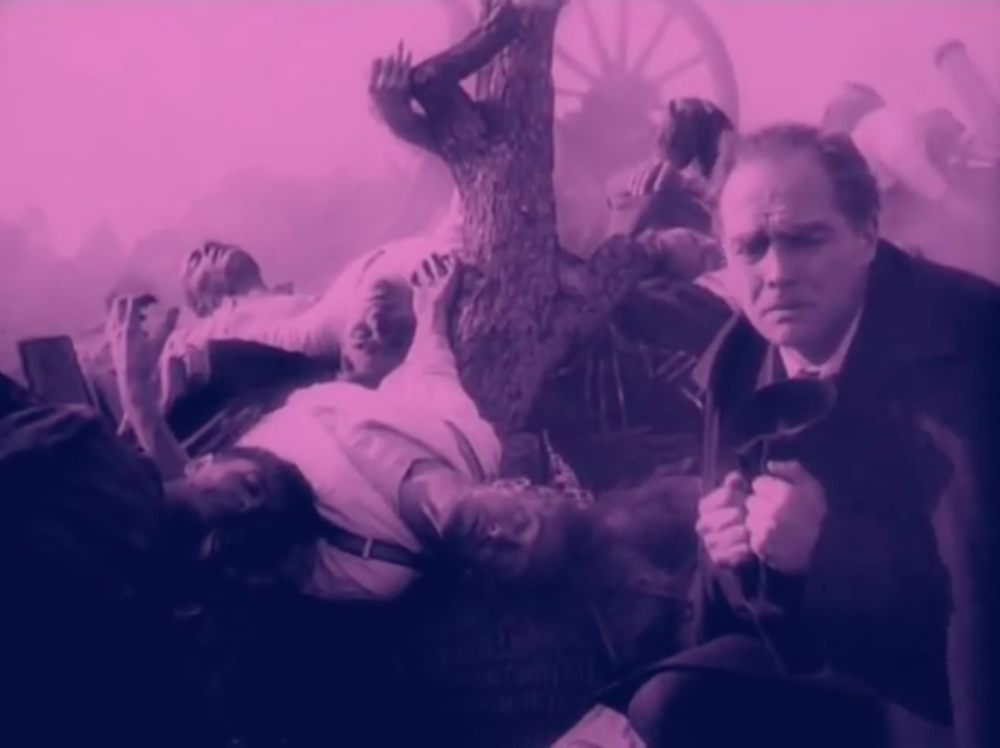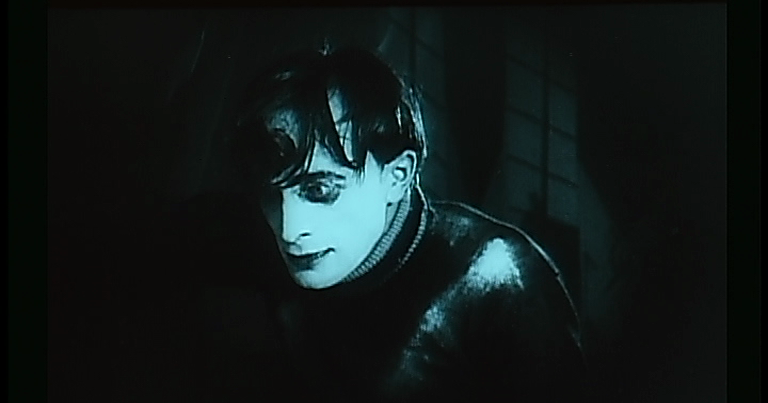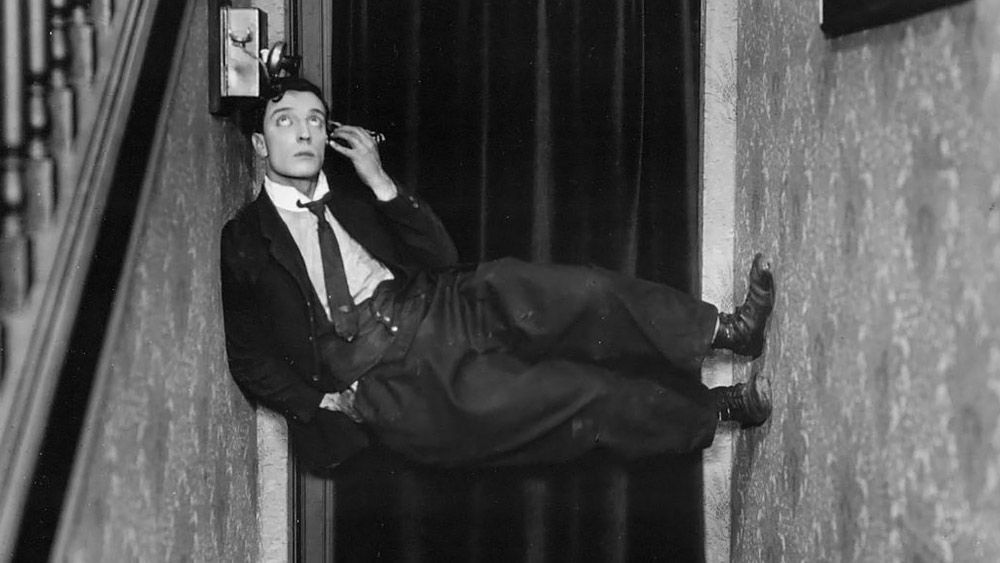The Crow (1994)



Pans Labyrinth (2006)


![Pan's Labyrinth - Official® Trailer [HD] - YouTube](https://i.ytimg.com/vi/E7XGNPXdlGQ/maxresdefault.jpg)
Edward Scissorhands (1990)



The Crow (1994)



Pans Labyrinth (2006)


![Pan's Labyrinth - Official® Trailer [HD] - YouTube](https://i.ytimg.com/vi/E7XGNPXdlGQ/maxresdefault.jpg)
Edward Scissorhands (1990)






Warning Shadows (1923)



The Hands Of Orlac



Nerves (1919)
![Nerves (Nerven) 1919 - Visual Highlights [non-official trailer] - YouTube](https://i.ytimg.com/vi/DueiM5d5ccw/hqdefault.jpg)


UFA was established in 1917 when the German government consolidated most of the nation’s leading studios. Its purpose was to promote German culture and, in the years following World War I, to enhance Germany’s international image.

At first, UFA produced mostly historical and costume dramas, including Die Augen der Mumie Ma (1918; The Eyes of the Mummy) and Carmen (1918), both directed by Ernst Lubitsch and starring Pola Negri.

The company soon acquired several theatres throughout Germany and inaugurated Berlin’s lavish Film Palast am Zoo with the premiere of Lubitsch’s Madame Dubarry (1919; also released as Passion), an international hit that did much to open the door for German films in countries where they had been banned since the war.

Ufa’s films now are typically used for German TV, producing what they believe the audience wants to see, feature films about German history as UFA started to cater to people’s interest in recent history.
Expressionism is a modernist movement, initially in poetry and painting, originating in Northern Europe around the beginning of the 20th century. Its typical trait is to present the world solely from a subjective perspective, distorting it radically for emotional effect in order to evoke moods or ideas.



The economic disruption of the Weimar period produced an expressionist style in German film-making, with films often having unrealistic sets and featuring exaggerated acting techniques. Expressionist film-makers favoured darker storylines and themes, including horror and crime. The shortage of funding gave rise to the Kammerspielfilm movement, with atmospheric films made on small sets with low budgets, providing easier access for more people to go to the cinema as it was cheaper.








Who were Buster Keaton, Charlie Chaplin and Harold Lloyd and why were they so influential?
Buster Keaton was an American film comedian and director, the “Great Stone Face” of the silent screen, known for his deadpan expression and his imaginative and often elaborate visual comedy. The general (1926)

Charlie Chaplin was one of the greatest and widely loved silent movie stars. From “Easy Street” (1917) to “Modern Times” (1936), he made many of the funniest and most popular films of his time. He was best known for his character, the naïve and lovable Little Tramp (1915)

Harold Lloyd in the 1936 film The Milky Way. “The King of Daredevil Comedy,” Harold Lloyd is best remembered today as the young man dangling desperately from a clock tower in the 1923 classic Safety Last. At the height of his career, Lloyd was one of the most popular and highest-paid stars of his time.

What was the name of the first film made by the Lumiere Brothers? and when was this? ‘Workers leaving the Lumiere factory’ made in 1895.
What is the ‘Phantom Ride’? Phantom rides were films shot from the very front of moving trains. The films would present the journey from the train’s perspective, capturing the approaching track, surrounding landscape and the passage through tunnels.
What was ground-breaking about the silent films “The sick Kitten” and “Life of An American Fireman”? ‘The sick Kitten’ was the first to use a close-up between two frames. The ‘Life of An American Fireman’ was the first to use a cut between frames.
What was the name of the first ‘Film Star’ in Hollywood? Florence Lawrence